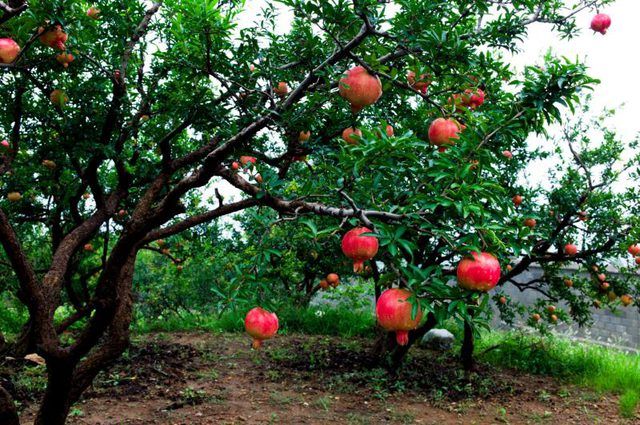Bulbs
Flower Basics
Flower Beds & Specialty Gardens
Flower Garden
Garden Furniture
Garden Gnomes
Garden Seeds
Garden Sheds
Garden Statues
Garden Tools & Supplies
Gardening Basics
Green & Organic
Groundcovers & Vines
Growing Annuals
Growing Basil
Growing Beans
Growing Berries
Growing Blueberries
Growing Cactus
Growing Corn
Growing Cotton
Growing Edibles
Growing Flowers
Growing Garlic
Growing Grapes
Growing Grass
Growing Herbs
Growing Jasmine
Growing Mint
Growing Mushrooms
Orchids
Growing Peanuts
Growing Perennials
Growing Plants
Growing Rosemary
Growing Roses
Growing Strawberries
Growing Sunflowers
Growing Thyme
Growing Tomatoes
Growing Tulips
Growing Vegetables
Herb Basics
Herb Garden
Indoor Growing
Landscaping Basics
Landscaping Patios
Landscaping Plants
Landscaping Shrubs
Landscaping Trees
Landscaping Walks & Pathways
Lawn Basics
Lawn Maintenance
Lawn Mowers
Lawn Ornaments
Lawn Planting
Lawn Tools
Outdoor Growing
Overall Landscape Planning
Pests, Weeds & Problems
Plant Basics
Rock Garden
Rose Garden
Shrubs
Soil
Specialty Gardens
Trees
Vegetable Garden
Yard Maintenance
Pomegranate Tree Information
Pomegranate Tree Information. The pomegranate (Punica granatum) is a native of Asia, originally ranging from Iran in the Middle East to the Himalayas and northern India. It's been grown widely since antiquity, and it came to North America in the late 18th century, where it does best in the warm, dry climates of the Southwest.

The pomegranate (Punica granatum) is a native of Asia, originally ranging from Iran in the Middle East to the Himalayas and northern India. It's been grown widely since antiquity, and it came to North America in the late 18th century, where it does best in the warm, dry climates of the Southwest.
Plant Form
Pomegranate is a multi-stemmed small tree or shrub that usually reaches between 6 and 15 feet in height, and in ideal growing conditions it may get as tall as 20 or 30 feet. It has oblong, glossy green leaves that are about 3 or 4 inches long; the leaves are deciduous, but they will remain evergreen in tropical climates. Overall, the tree has an arching habit, with branches that grow upright when they're young and gradually bend over as they mature.
Winter Hardiness
The pomegranate is hardy in U.S. Department of Agriculture plant hardiness zones 8 to 11; the ideal climate has a long, hot summer and a cool winter. Pomegranates are not extremely sensitive to cold and can survive temperatures as low as 15 degrees Fahrenheit, but late spring freezes can cause significant damage to new growth. In areas with cool winters, the tree's leaves will turn yellow and drop in the fall as the plant goes dormant. Dwarf varieties such as "Nana," when grown in containers, may be overwintered indoors in colder climates; keep the tree in a cool area with bright, indirect light and decrease watering frequency to encourage the plant's dormancy.
Flowers and Fruit
Under ideal conditions, pomegranate will flower throughout the summer, producing trumpet-shaped orange flowers that are about 2 inches long. Some varieties, such as "Chico," "Nana," "Nochi Shibari" and "Alba Plena," have been developed specifically for their flower production, and cultivar flower colors range from dark red to white. After the flowers come round, leathery-skinned edible fruit which ripen six to seven months after the beginning of flowering. The fruits are about the size of an orange but are not citrus fruits. Rather, the fruit is filled with clusters of seeds, each of which is surrounded by a pulpy, juicy sac. In cool or humid climates, pomegranate may produce little, if any, fruit.
Care in the Garden
Pomegranates like loamy soil that's rich in organic matter. Although the trees are extremely drought tolerant and don't do well in areas of high humidity, they do need regular watering to successfully produce fruit. The trees are also prone to sucker growth from the roots around the base of the plant. These suckers divert energy that could be used for flowering and fruit growth, so they should be removed promptly.